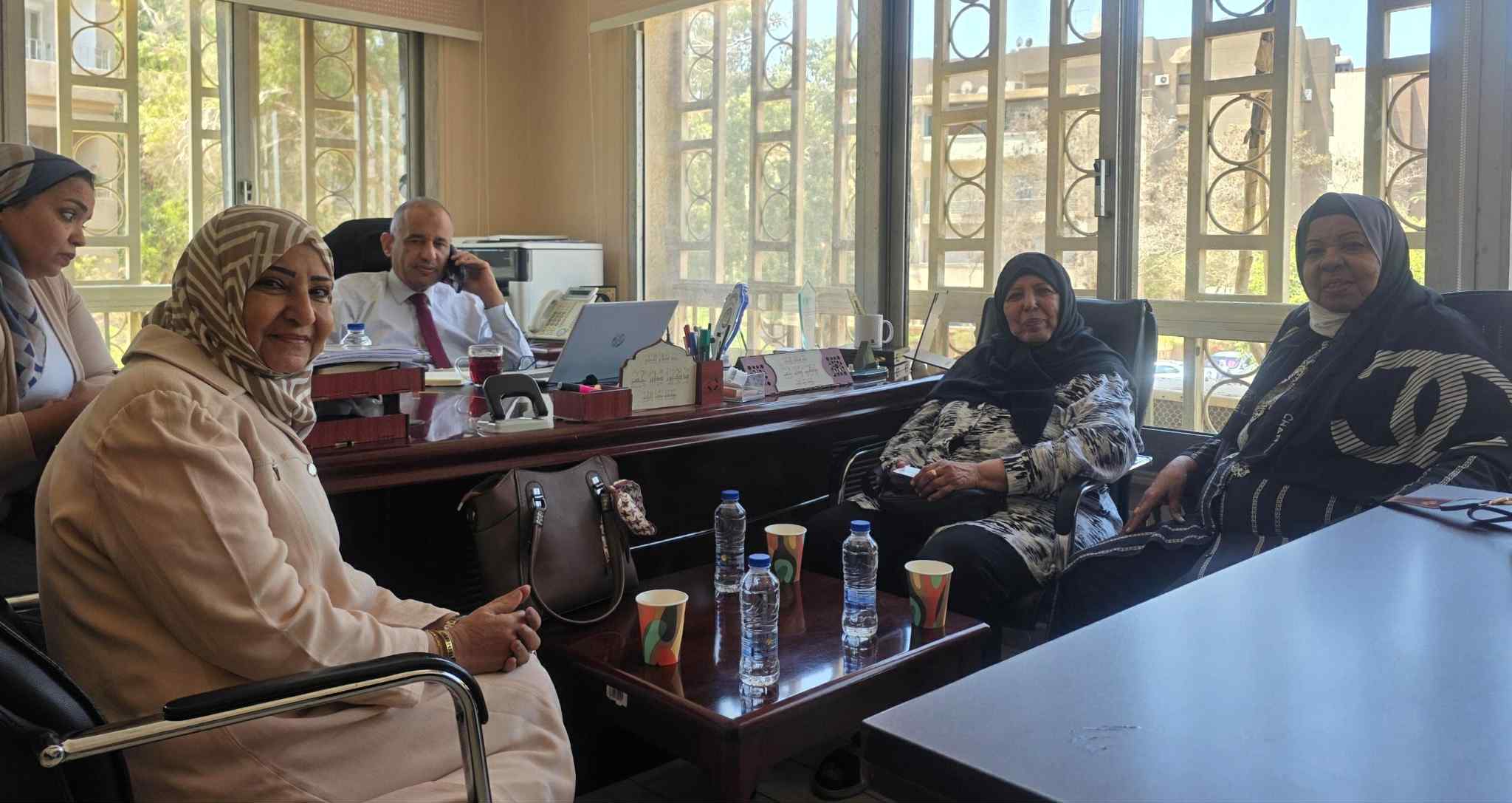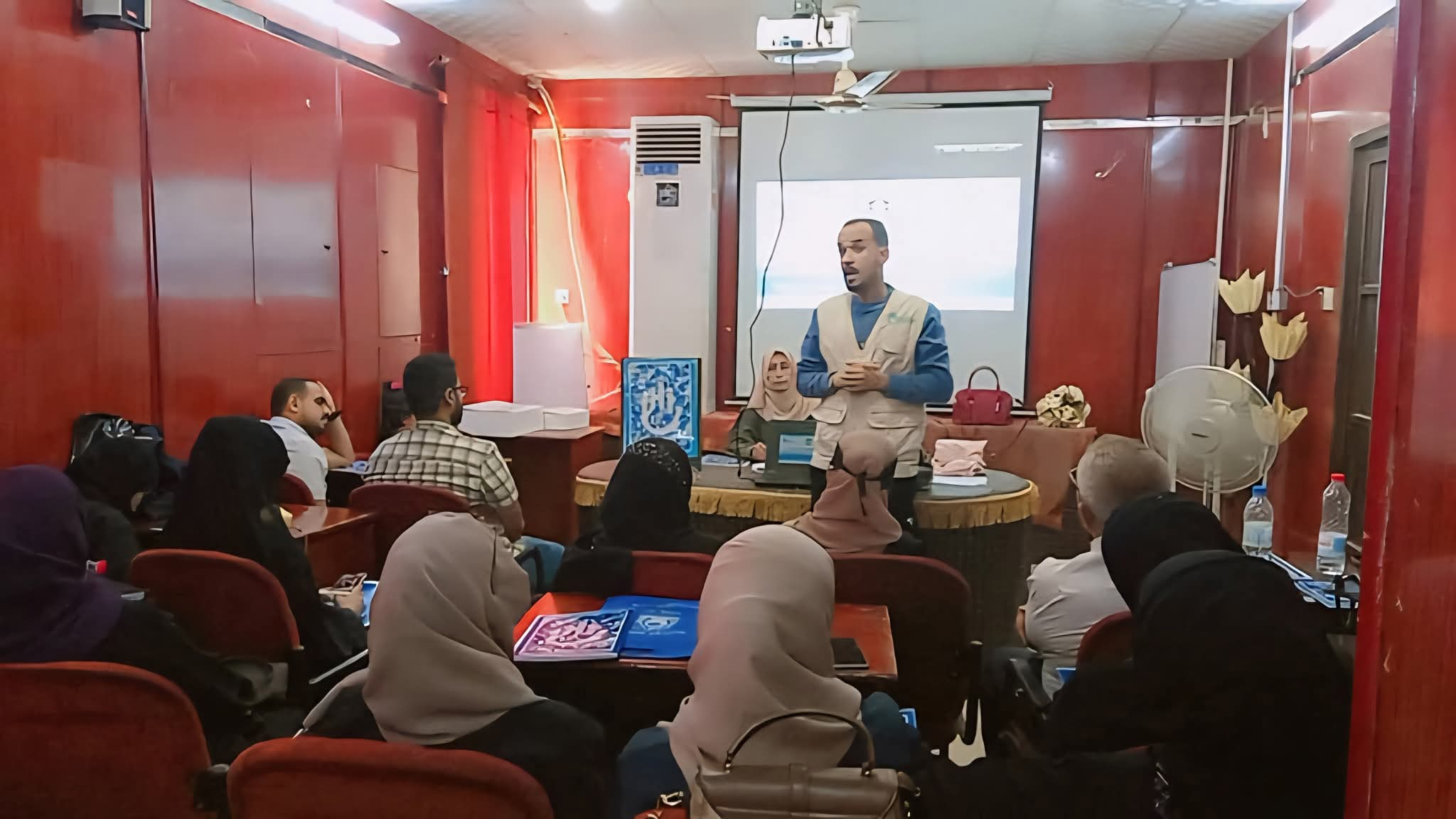الذكاء الاصطناعي: أداة لتمكين ذوي الإعاقة وبناء مستقبل شامل
يمثل الذكاء الاصطناعي (AI) ثورة تكنولوجية تغير وجه حياتنا اليومية. وفي خضم هذه الثورة، يبرز دور الذكاء الاصطناعي كأداة قوية لتمكين ذوي الإعاقة، ومساعدتهم على تجاوز التحديات اليومية، وتعزيز استقلاليتهم واندماجهم في المجتمع. يمتلك الذكاء الاصطناعي القدرة على تكييف البيئات، وتقديم الدعم الشخصي، وفتح آفاق جديدة لم تكن متاحة من قبل.
كيف يساعد الذكاء الاصطناعي ذوي الإعاقة؟
تحسين التواصل
- تحويل الكلام إلى نص والعكس: تطبيقات الذكاء الاصطناعي يمكنها تحويل الكلام المنطوق إلى نص مكتوب للأشخاص ذوي الإعاقة السمعية، والعكس (تحويل النص إلى كلام) للمصابين بالصعوبات النطقية أو الشلل.
- ترجمة لغة الإشارة: أنظمة الذكاء الاصطناعي يمكنها التعرف على لغة الإشارة وترجمتها فورياً إلى نص أو كلام، مما يسهل التواصل مع الصم والبكم.
تعزيز التنقل والاستقلالية
- الكراسي المتحركة الذكية: كراسي متحركة مزودة بتقنيات الذكاء الاصطناعي يمكنها التنقل بشكل مستقل، وتجنب العوائق، وحتى الاستجابة للأوامر الصوتية أو إشارات العين.
- أنظمة الملاحة للمكفوفين: تطبيقات الذكاء الاصطناعي المزودة برؤية الكمبيوتر يمكنها وصف البيئة المحيطة للمكفوفين، وتوجيههم خلال المشي، وتنبيههم بوجود عوائق أو أشخاص.
الوصول للمعلومات والتعليم
- التعرف على الصور والنصوص: تطبيقات الذكاء الاصطناعي تستطيع قراءة النصوص من الكتب أو الشاشات وتحويلها إلى كلام مسموع، أو وصف الصور للأشخاص ضعاف البصر أو المكفوفين.
- مساعدو التعليم الشخصيون: أنظمة الذكاء الاصطناعي يمكنها تكييف المناهج التعليمية لتناسب احتياجات التعلم الفردية لكل طالب من ذوي الإعاقة، وتقديم الدعم في الواجبات والمذاكرة.
الصحة والرعاية
- مراقبة الصحة: أجهزة استشعار مدعومة بالذكاء الاصطناعي يمكنها مراقبة العلامات الحيوية، وتنبيه الأفراد أو مقدمي الرعاية في حالات الطوارئ.
- أطراف صناعية ذكية: الأطراف الصناعية التي تعمل بالذكاء الاصطناعي يمكنها التكيف مع حركة المستخدم وتوفير تحكم أكثر طبيعية وراحة.
كيفية تطبيق ذلك في الوطن العربي بشكل مبسط ومنظم؟
تطبيق هذه التقنيات في الوطن العربي يتطلب جهوداً مشتركة وتخطيطاً استراتيجياً:
التوعية وبناء القدرات
- حملات توعية: إطلاق حملات توعية عامة بأهمية الذكاء الاصطناعي ودوره في تمكين ذوي الإعاقة، وتغيير النظرة المجتمعية تجاههم.
- تدريب المتخصصين: تدريب الكوادر المحلية من مطوري البرمجيات، المهندسين، ومقدمي الرعاية الصحية على كيفية تطوير وتطبيق حلول الذكاء الاصطناعي الخاصة بذوي الإعاقة.
دعم البحث والتطوير المحلي
- تشجيع الابتكار: تقديم حوافز ومِنَح للباحثين والمطورين في الجامعات والمؤسسات لتطوير حلول ذكاء اصطناعي تتناسب مع السياق الثقافي والاجتماعي للوطن العربي (مثل دعم اللهجات المحلية في تطبيقات تحويل الكلام).
- مراكز الابتكار: إنشاء مراكز متخصصة في تطوير تقنيات الذكاء الاصطناعي لذوي الإعاقة بالتعاون مع المنظمات غير الربحية والقطاع الخاص.
الشراكات وتوفير البنية التحتية
- التعاون مع الشركات العالمية: عقد شراكات مع الشركات التكنولوجية العالمية الرائدة لتبادل الخبرات وتوطين التقنيات المتقدمة.
- توفير بنية تحتية رقمية: ضمان توفر إنترنت عالي السرعة وبأسعار معقولة، وتوفير الأجهزة الذكية اللازمة، خاصة في المناطق الأقل حظاً.
السياسات والتشريعات الداعمة
- دمج الذكاء الاصطناعي في الاستراتيجيات الوطنية: تضمين دعم وتطوير تقنيات الذكاء الاصطناعي لذوي الإعاقة ضمن الخطط الوطنية للتحول الرقمي والدمج المجتمعي.
- تسهيل الوصول للتمويل: توفير قروض ميسرة أو دعم حكومي للمشاريع الناشئة التي تعمل في هذا المجال.
Artificial Intelligence: A Tool to Empower People with Disabilities and Build an Inclusive Future
Artificial Intelligence (AI) represents a technological revolution that is transforming our daily lives. Amidst this revolution, AI stands out as a powerful tool to empower people with disabilities, helping them overcome daily challenges, enhance their independence, and integrate into society. AI has the potential to adapt environments, provide personalized support, and unlock new possibilities that were previously unavailable.
How Does AI Assist People with Disabilities?
Enhanced Communication
- Speech-to-Text and Vice Versa: AI applications can convert spoken words into written text for individuals with hearing impairments, and convert text to speech for those with speech difficulties or paralysis.
- Sign Language Translation: AI systems can recognize sign language and instantly translate it into text or speech, facilitating communication for deaf and mute individuals.
Improved Mobility and Independence
- Smart Wheelchairs: AI-powered wheelchairs can navigate independently, avoid obstacles, and even respond to voice commands or eye movements.
- Navigation Systems for the Visually Impaired: AI applications equipped with computer vision can describe the surrounding environment for blind individuals, guide them while walking, and alert them to obstacles or people.
Access to Information and Education
- Image and Text Recognition: AI applications can read text from books or screens and convert it into audible speech, or describe images for individuals with low vision or blindness.
- Personalized Learning Assistants: AI systems can adapt educational curricula to suit the individual learning needs of each student with a disability, providing support with homework and studying.
Health and Care
- Health Monitoring: AI-powered sensors can monitor vital signs, alerting individuals or caregivers in case of emergencies.
- Smart Prosthetics: AI-driven prosthetics can adapt to the user’s movements, providing more natural and comfortable control.
How to Apply This in the Arab World Simply and Systematically?
Implementing these technologies in the Arab world requires collaborative efforts and strategic planning:
Awareness and Capacity Building
- Awareness Campaigns: Launch public awareness campaigns on the importance of AI and its role in empowering people with disabilities, and changing societal perceptions towards them.
- Training Professionals: Train local cadres of software developers, engineers, and healthcare providers on how to develop and apply AI solutions tailored for people with disabilities.
Supporting Local Research and Development
- Encouraging Innovation: Provide incentives and grants to researchers and developers in universities and institutions to develop AI solutions that fit the cultural and social context of the Arab world (e.g., supporting local dialects in speech-to-text applications).
- Innovation Hubs: Establish specialized centers for developing AI technologies for people with disabilities in collaboration with non-profit organizations and the private sector.
Partnerships and Infrastructure Provision
- Collaboration with Global Companies: Form partnerships with leading global technology companies to exchange expertise and localize advanced technologies.
- Providing Digital Infrastructure: Ensure the availability of high-speed, affordable internet, and provide necessary smart devices, especially in underserved areas.
Supportive Policies and Legislation
- Integrating AI into National Strategies: Include the support and development of AI technologies for people with disabilities within national digital transformation and social inclusion plans.
- Facilitating Access to Funding: Provide soft loans or government support for startups working in this field.


